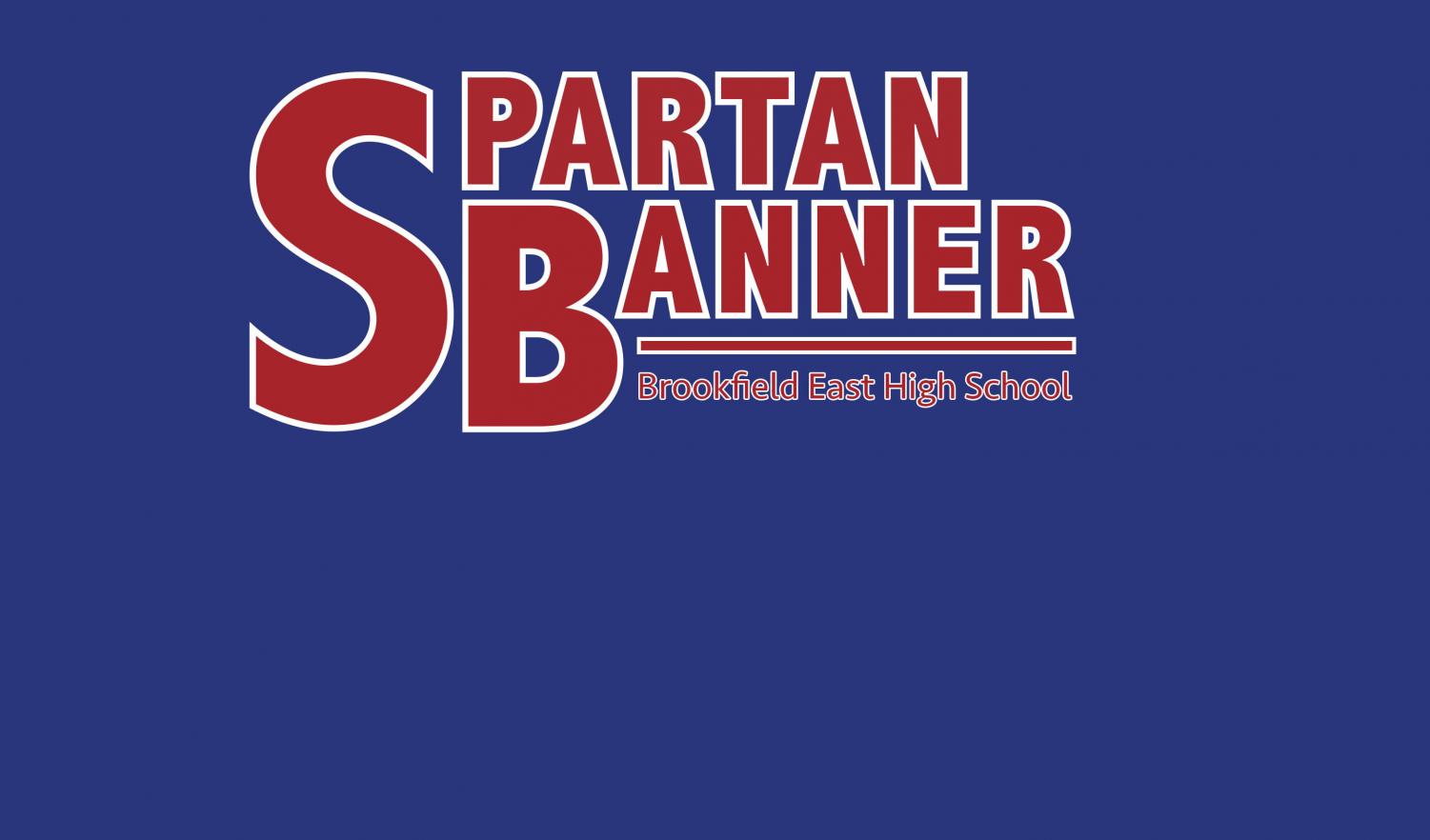The History of Pride Month
June 2, 2022
Every June, people all over the world come together to celebrate the LGBTQ community and recognize the worldwide progress in terms of equality and justice for those in the community.
When was June established as the month where the LGBTQ community celebrates their achivements made throughout history? Where did Pride Month begin?
Pride Month is recognized during the month of June to honor the Stonewall Uprising, a series of protests and riots that took place over six days, the first being on June 28, 1969. The Stonewall Uprising was sparked after New York City policemen raided the Stonewall Inn, a gay club in Greenwich Village.
Police officers showed up to the bar armed with a warrant and arrested thirteen people. This was not the first time police had raided a safe space for the LGBTQ community, so patrons of the club and people across the neighborhood took to the streets with riots and protests.
On average, the Stonewall Inn was raided by police once a month however, other gay bars in the area were also raided frequently. Five were raided within the three weeks before the Stonewall Riots.
The Stonewall Uprising was the spark that lit the flame we now know as the gay rights movement, not just in the U.S. but around the world. Almost immediately after the Stonewall uprising, many LGBTQ newspapers and organizations were reciving funding and people began acknowledging the community.
However, this does not mean all advances for the LGBTQ community were made quick. The Supreme Court legalized same-sex marriage in 2015 and passed the Employment Non-Discrimination act in 2013. The Act made it illegal under federal law for employers to discriminate based on person’s sexual orientation or gender identity. As of 2021, individuals in the U.S. may change their gender identification on their passport without need for medical documentation of said change.
On June 28, 1970, people flocked to the streets of Manhattan and Central Park for the first pride parade in American history which was deemed “Christopher Street Liberation Day”. As years passed, the gay pride celebration shifted from being one day of the year to taking up the whole month of June. Other states began adopting the tradition of celebrating Pride as well.
Today, Pride Month is not only the celebration of LGBTQ lives and their history, but is also celebrated to acknowledge the community experiences and history and how the LGBTQ community has fought for their rights.


